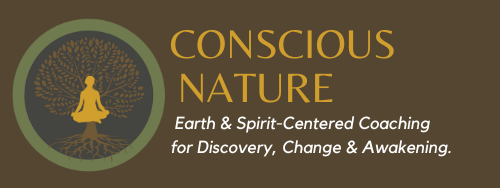by Josh Lane

The Meditation Spot is a favorite place that you can adopt on the landscape and visit regularly to enjoy timeless, mindful moments in Nature. This practice has been shared extensively by the tracker, Tom Brown, Jr., who refers to the sit spot as “the Sacred Area.”
My own longtime tracking mentor, Jon Young, learned this transformative practice from Tom during his own apprenticeship, and later introduced the routine to me as “the Sit Spot.” Because Nature’s patterns are so restorative and healing, this is a perfect place to meditate and expand into your whole-being, mindful sensory awareness.
I would end up spending many years at my own Meditation Spot each day, getting to intimately know the land and the wild beings that dwelt there. Over time, I learned to carry more and more of the peace and nourishing energy of that place with me wherever I went; my time at my Meditation Spot each day created a place of inner resource within myself that I could learn to turn to in moments of stress, or when I needed an extra boost of creative insight.
When you go to the same place each day, you gradually build a deep relationship there with the animals, the plants and trees, the wind and the soil. You also deepen your conscious relationship with your own Inner Nature, as you track the mysteries and signals from Nature that have something to tell you about your own innermost landscapes. Therefore, the Sacred Area or Meditation Spot is a perfect place to connect with your Original Nature.
The Meditation Spot as a Rite of Passage
Each visit to your spot is like a miniature rite of passage, as you are invited by Nature to learn to face and embrace what may at first appear as unpleasant sensations: sitting still, moving with full awareness in each step, and even experiencing the cold, the dark, the wet, and the unknown.
Each time you go, you are gifted with an opportunity to step beyond your comfort zones and explore with all of your senses; every time you do this, your world gets a little bigger and more mysterious. Through this, your threshold of comfort expands and you’ll gain an ability to maintain presence and mindfulness while engaging with a diversity of situations.
Of course, you’ll also get your share of pleasant days where temperature and weather is not a potential discomfort. But when you go on those “tough” days, when otherwise you might say “it’s too cold today” or “it’s too wet”… these are the days that often have the most to teach.
Exploring the Sacred
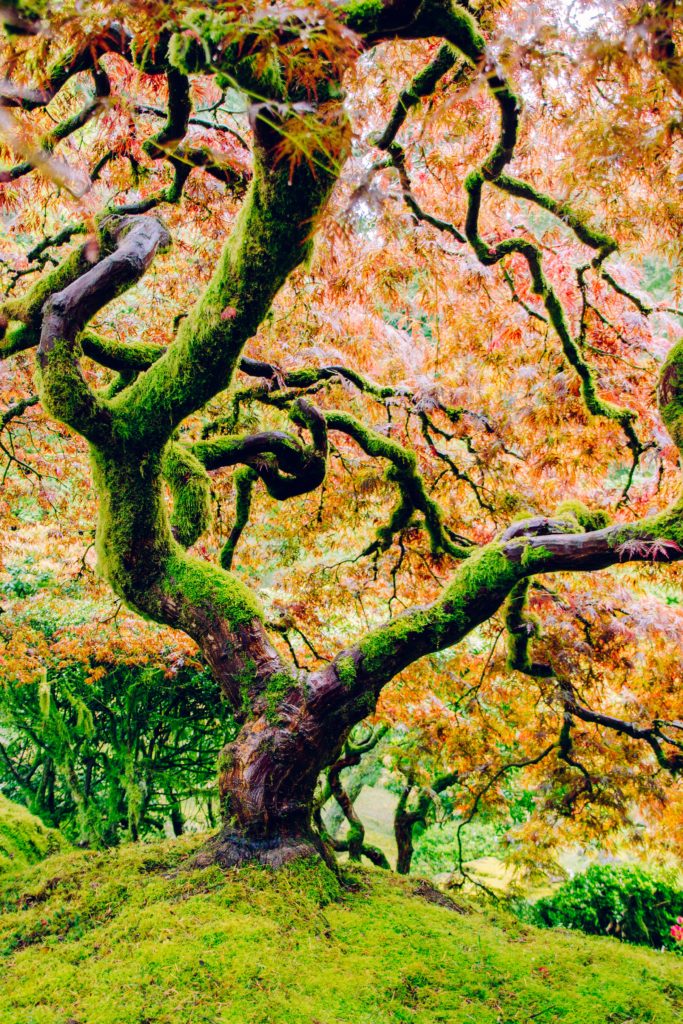
You can consciously invite the sense of the sacred with you into your experiences at the Meditation Spot. A simple way to start is to define your intention, or to bring a question with you, each time you visit. Then, pay attention to what comes up, whether around you or within you – answers can come from all directions. Release your question or intention and open your senses (and mind) to the beauty, awe, and wonder that surrounds you.
As you connect in to the power of the moment, you allow a space for Nature’s wisdom to move through your perception. As inspiration arrives through this practice, we begin to realize that we are not just observers of Nature, but that we are actually engaged in a mysterious participatory dialogue with the natural world.
When you sit and connect at your Meditation Spot, over time you’ll begin to learn the natural patterns of that place, and you’ll also learn how your energy and intentions interweave with the baseline of that unique spot. You’ll realize that Nature is paying attention to you, and responding.
When you find the still place within, the Outer Nature around you will also return to its baseline activity; birds return to feeding and singing, squirrels and rabbits forage, and it becomes possible to have encounters with the normally more elusive citizens of the forest such as foxes, bobcats, and other seldom seen mammals. Thus, Nature becomes a mirror of how you are holding your own inner space.
Connecting with the Four Directions
To help with deepening your sacred connection with place, find a way to mark the four directions around you sit area (North, East, South, West). Place a stone or stick nearby in each direction as a marker to help you remember the directions. Use a compass to help you align to the directions – most smart phones include a compass app. Later, you can get out at night and look for the North Star.
You can also track the sun’s rise and set in relation to true east and west as the season progresses. At spring and fall equinoxes, the sun rises due east and sets due west. At these times, mark the locations of east and west with stones around the spot where you sit. Go to your Meditation Spot and discover how this relationship changes moving into the summer, too, and then from the fall into the winter.
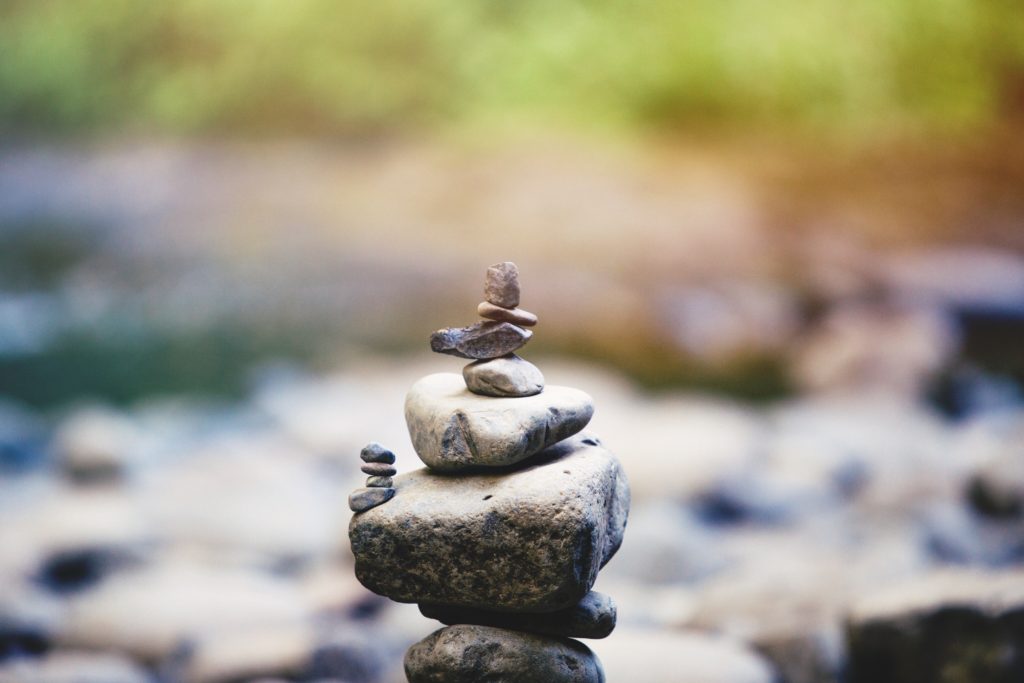
Re-Imagining the Language of Place
Traditional cultures often have very descriptive names for the four directions, which makes sense, because knowing your relationship to the larger landscape is a valuable survival tool. For instance, in Lakota, the word for East translates to “the place where the sun rises”. This phrase immediately creates a vivid mental image related to the landscape.
Over time, we have lost much of that direct sensory relationship for the modern English words for the directions, which have lapsed into the abstract; the word East, when back-tracked from modern English to Old English and eventually to the Proto-Indo-European root word, comes from the word “aus” which means to shine or dawn. One can imagine the shining light of the first rays of the eastern sun, signaling the start of a new day.
You can enliven your own direct sensory connections with the directions by sitting with each primary direction at its special time of day, as it relates to the position of the Sun in the sky. Each time of day offers a unique vista into mindfully connecting with your place through your senses. Sit facing the east at sunrise and feel and sense the energy of this direction. Face south at noon (for Northern hemisphere folks, since the Sun is over the equator at noon – or face north if you live in the southern hemisphere). Face west at sunset, and north at midnight.
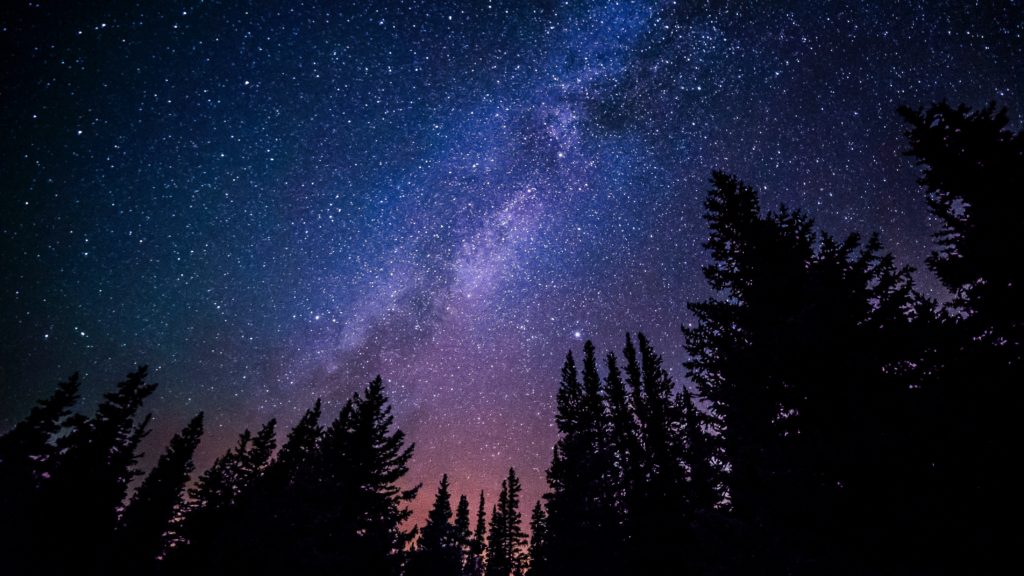
What words or phrases come to you that best describe the feeling and energy of each direction at these times? Over time, you’ll develop your own unique way of describing the four directions, with language that reflects the special qualities of your place. These words will become sacred to you, because they will resonate your inner senses with the rich observational cues that connect you to your place.
Feel your own attunement with the powers and energies that each of the primary directions bring to you. Sit in the center of the four directions, feeling in your heart your intentions merging with the gifts and energies of each direction. When you are ready, release your intentions with thankful expectation and feel them merging with the vastness of the life force. Walk forward knowing you are stepping each day into the patterns inspired by your deepest soulful intent, empowered by your sacred connection with nature.
Discover more in Josh’s book, Conscious Nature: The Art and Neuroscience of Meditating in Nature
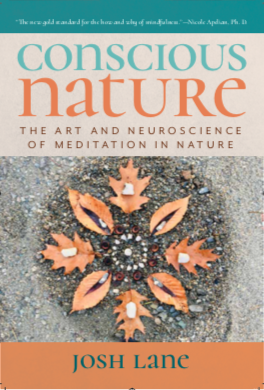
Experience mindful meditations for connecting more deeply with the Nature within and around you
Expand your senses as you relax into Nature’s patterns
Feel more at home in the outdoors, and more grounded in your body wherever you go
Learn how to harness the Five Key Brainstates of Awareness for well-being and creativity
